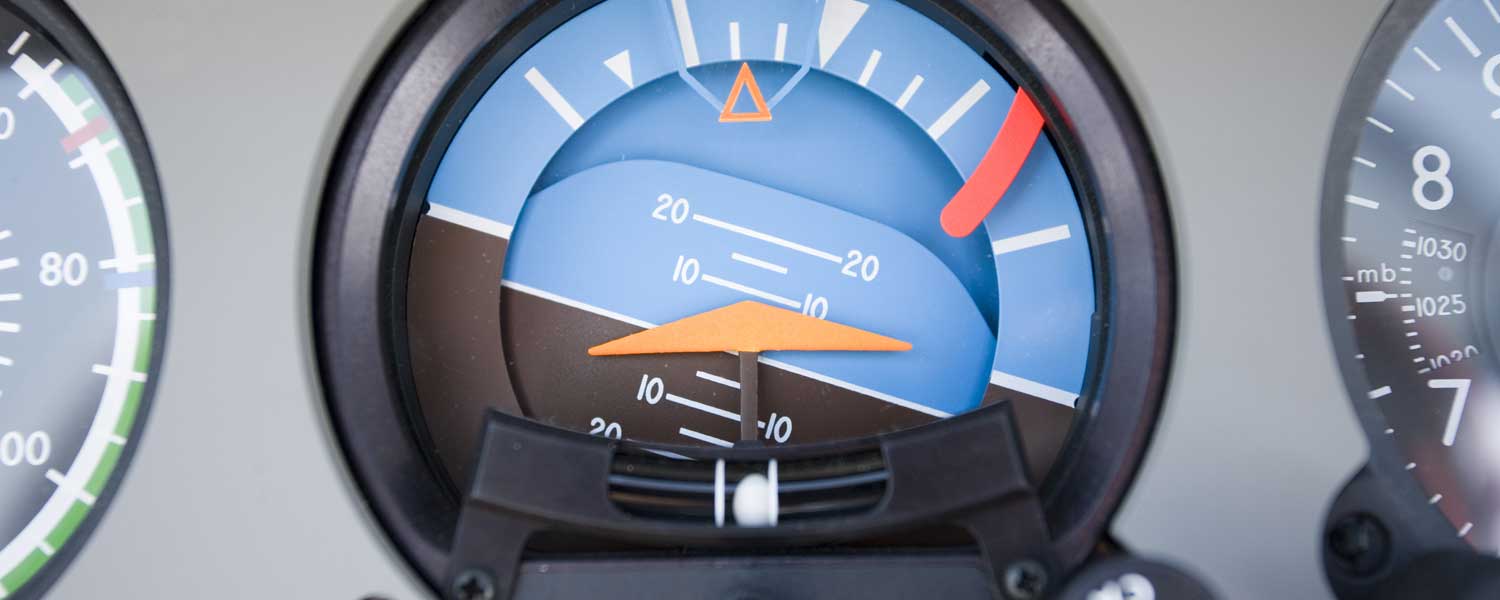
The best way for a private pilot to enhance safety is to become an instrument pilot.
In Canada and Europe the instrument rating is required to fly at night. This is an indication that night flying is much more difficult that day flying. With an instrument rating, the professional private pilot is no longer limited to flying by visual references he can now enter the clouds for the first time, and fly solely by the instruments within the cockpit. Having an instrument rating will give you peace of mind during low visibility and low ceiling situations, and it will be your instruments that bring you home.
While in training, the instrument pilot will be taught by a qualified and proficient instructor pilot. All students will be exposed to simulated instrument flying in the aircraft and in the simulator. The student will perfect his instrument flying skills without the use of visual references. Navigation in simulated or actual instrument conditions requires great focus on the instruments themselves. During training the student will be trained to fly on instruments during climbs, descents, straight and level flight, standard rate turns, steep turns, holding patterns, precision and non-precision approaches, normal procedures, abnormal procedures, and emergency procedures. Additional topics to be covered are ATC communication, navigating from one airport to another, preflight planning, fuel planning, testing your instruments prior to takeoff, weather evaluation, and Cockpit Resource Management. CRM is the utilization of all available resources, and includes situational awareness, decision-making, communication, stress, and a discussion of various scenarios that an instrument pilot may encounter.
The private pilot who is training to become an instrument pilot will be trained and evaluated on every flight. The instructor pilot will make a determination as to the amount of additional time that is necessary for the student to be scheduled for his written examination or flight test. Again, there is no good reason to rush someone through instrument pilot training. All trainees will meet the minimum FAA requirements, and obtain whatever additional time necessary to ensure that they are comfortable with instrument flying and can conduct a safe operation. Once licensed, the pilot will be categorized as a professional private pilot with an instrument rating. It’s now up to you to maintain your proficiency, and to continue practicing what you have learned.